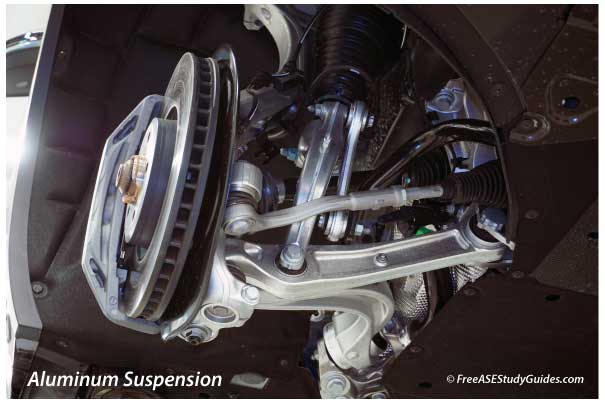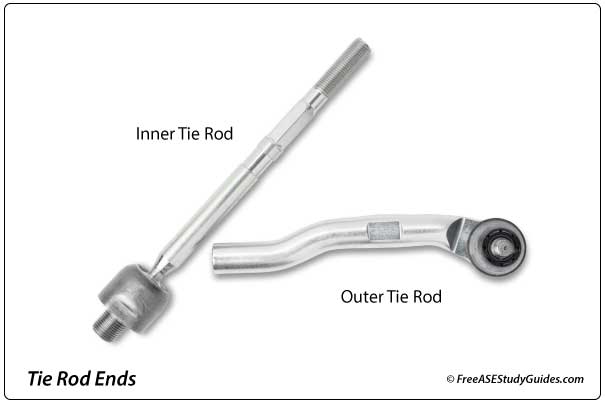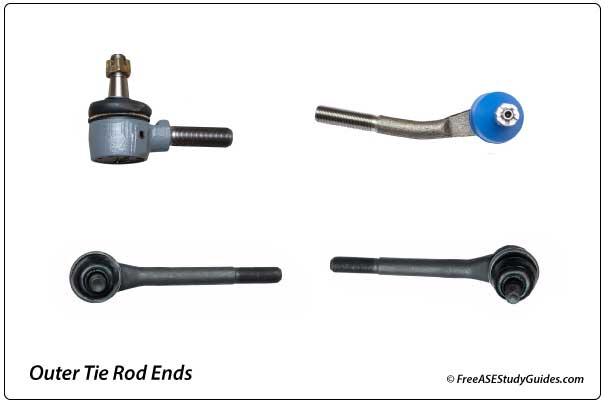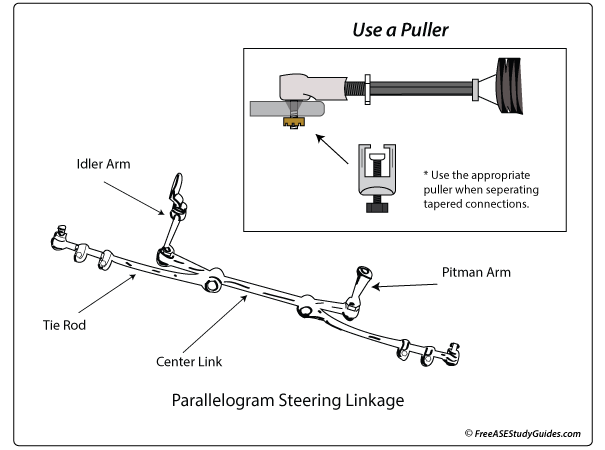Tie Rod Removal

Forged and cast aluminum suspension parts reduce weight, provide for lower emissions, and reduce noise. Closed-die hot forging heats and squeezes the metal into modern steering and suspension components.

Using the right tool when replacing aluminum and alloy steering linkage is important. Striking softer metals with a hardened hammer can cause unrepairable damage. Use the appropriate puller instead.

Outer tie rod ends swivel on a ball stud that can wear and become loose, resulting in excessive free play and changes in the toe. They press fit into a tapered hole in the steering knuckle. They can be difficult to remove without a puller like the one in the illustration below.

There's a special tool for outer tie rods, inner tie rods, pitman arms, etc. They come in all shapes and sizes, but the right puller can quickly resolve a difficult job. Using a puller helps prevent damage to the steering knuckle, the tie rod end, and the threads on the stud.